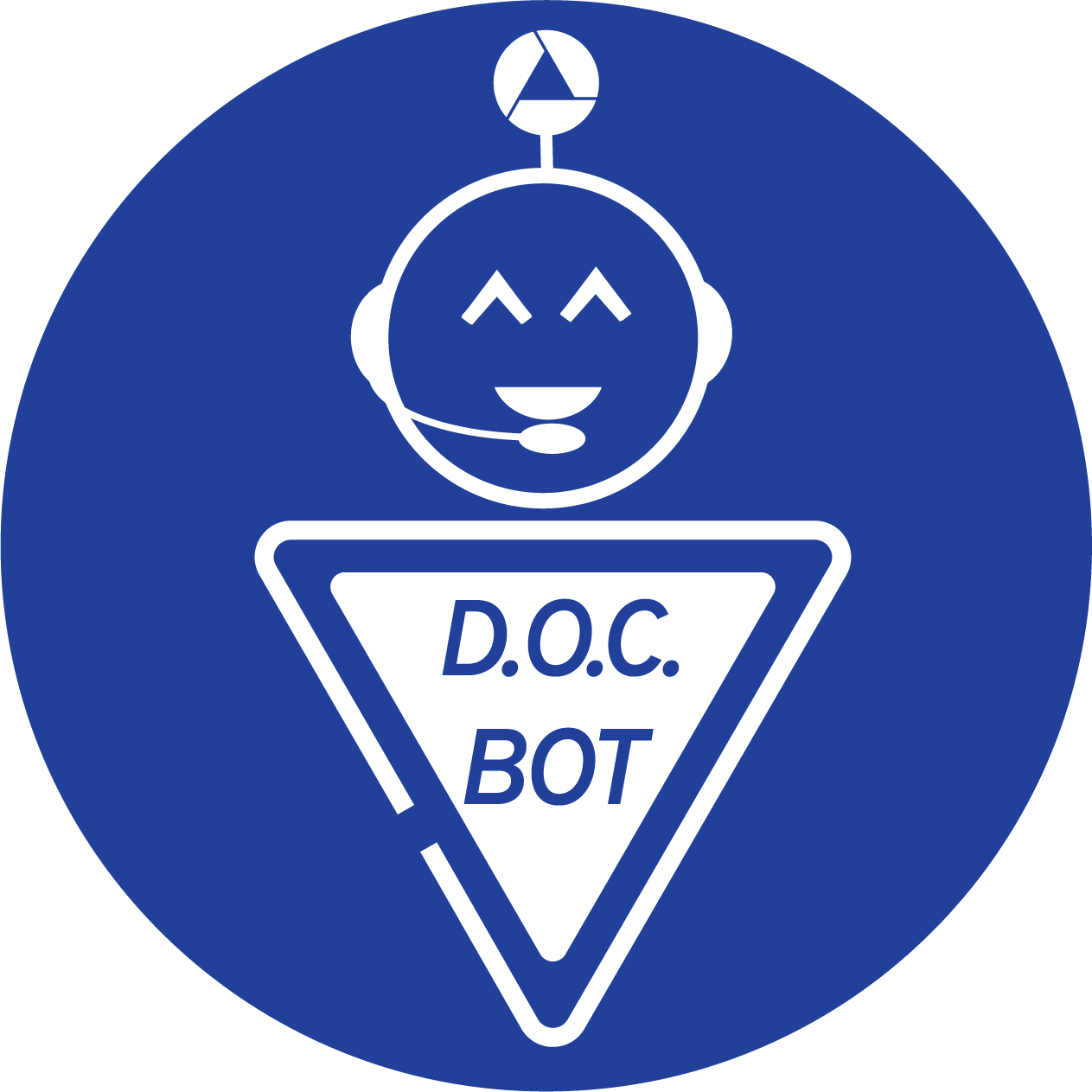
Dr. Caroline Sawicki is an Assistant Professor in the Department of Pediatric Dentistry and Dental Public Health at the University of North Carolina Adams School of Dentistry. She obtained her Bachelor of Science in Pre-Dentistry and a minor in Psychology at the University of Dayton. She then completed both her DDS and PhD degrees at The Ohio State University College of Dentistry.
Sawicki’s dissertation research on the bi-directional communication pathways between the central nervous system and peripheral immune system during stress was funded by an NIH-NIDCR F30 Fellowship. She completed her pediatric dentistry residency simultaneously with a postdoctoral fellowship in clinical-translational research at New York University College of Dentistry. She is the current recipient of an NIH-NIDCR K23 Research Career Development Award to support her clinical-translational research on orofacial pain. She has received numerous awards throughout her academic career, including the Pierre Fauchard Academy Award, the American Academy of Pediatric Dentistry Resident Recognition Award, and the American Dental Association Dr. David Whiston Leadership Award.
Please briefly describe your background and research interests:
My research is primarily focused on chronic orofacial pain conditions (temporomandibular disorder, migraine, recurrent headache) in children and adolescents. I am especially interested in understanding the biopsychosocial contributions to these chronic pain conditions so that we can better tailor our treatment strategies with a more personalized, patient-centric approach.
What has been the most valuable benefit of AADOCR membership to you?
Being a member of AADOCR has provided me with countless opportunities to obtain additional research funding. Ever since I was a graduate student, I feel fortunate to have been consistently funded by AADOCR through mechanisms such as the AADOCR Student Research Fellowship and the Anne D. Haffajee Fellowship. These opportunities have provided me with the ability to generate preliminary data that I have included in successful NIH grant applications.
What was the biggest impact the AADOCR Mind the Future Program had on you, either personally or professionally?
I predict that this experience will greatly enhance my grant writing skills and subsequent funding acquisition. Having the opportunity to interact with well-established experts in the field on a regular basis, in addition to having an assigned expert mentor, is truly an invaluable experience. I was especially excited to find out that my assigned mentor was Dr. Alex DaSilva from the University of Michigan, whose research I have followed for years. Without this program, I’m not sure if I ever would have had the opportunity to interact with him in the capacity provided with the AADOCR Mind the Future Program – and for that, I am very grateful!
Are you going to next year’s AADOCR Annual Meeting in New York? If so, which parts are you most looking forward to?
Absolutely! I love having the opportunity to network with researchers in my field, form new collaborations, and reconnect with old colleagues. This year, some of my students are attending their first research conference and presenting the projects that they have been working on with me, so I love seeing their excitement and eagerness to disseminate their findings.
What is the best way for other members to become more involved in AADOCR?
Volunteer or apply for leadership positions within AADOCR! This is a great way to meet new collaborators, mentors, and friends within AADOCR. My involvement in various groups and networks within AADOCR has greatly enriched both my professional and personal goals, so I strongly encourage other members to consider these opportunities. There’s a place for everyone, and new members are always welcome, so it’s worth reaching out!




